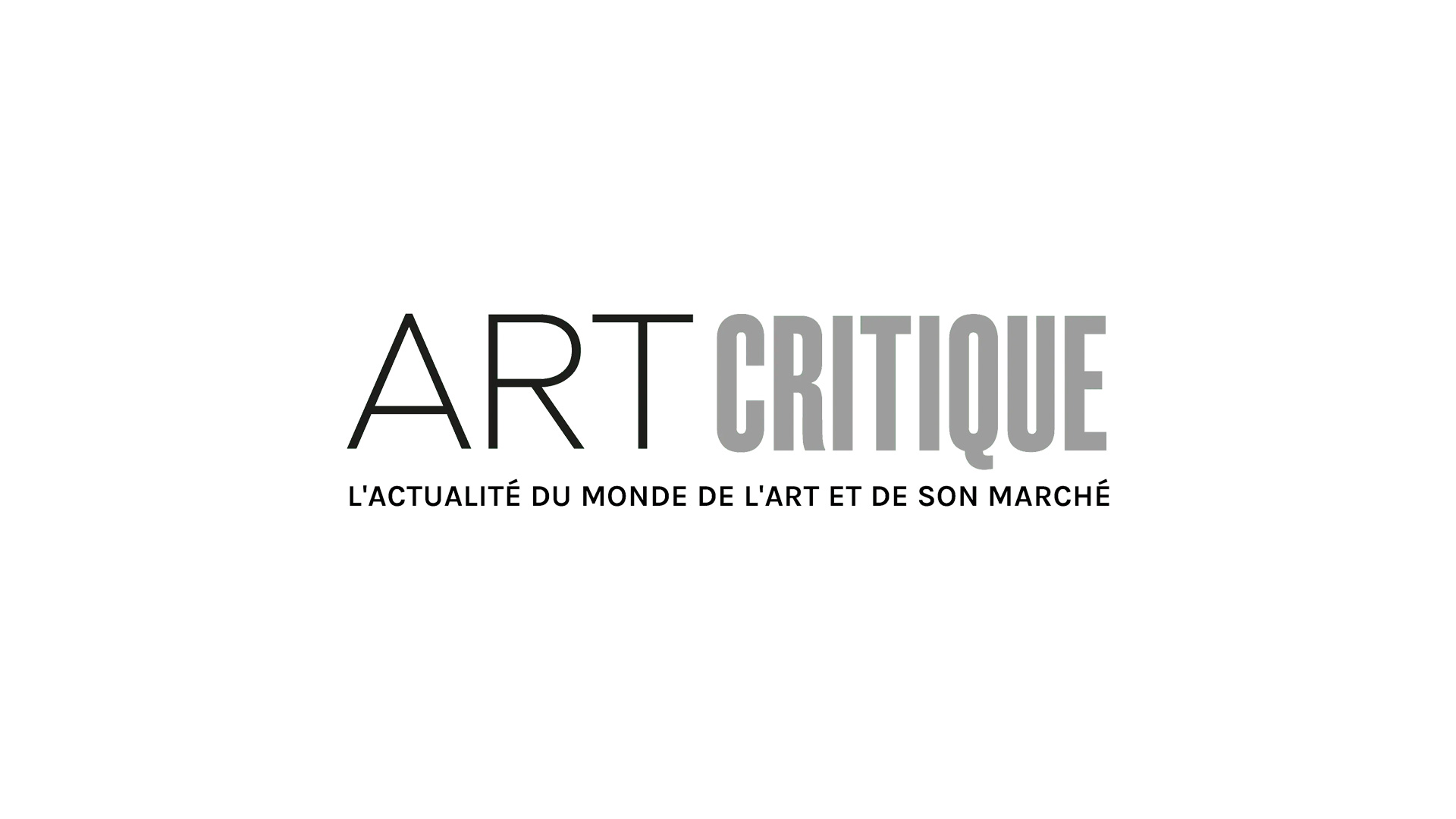Until May 6th Le Centre Pompidou is hosting a major retrospective called Victor Vasarely the sharing of shapes 1907 – 1996. This exhibit covers the artist’s entire career in chronological order. The exhibit’s curators Michel Gauthier and Arnauld Pierre have chosen to approach his work in all its aspects, simultaneously showing paintings, sculptures and architectural models as well as advertising and related products. In this way, the exhibit also reflects Vasarely’s ambitions as he committed himself in the radical business of bringing art to the people.
After briefly studying medicine, Vasarely enrolled in the Moholy school in Budapest that, like the Bauhaus school which inspired it, sought to democratize art. This education, which was equally applicable to fine arts and applied arts, enabled Vasarely to dedicate himself to designing and producing art that could be widely disseminated and accessible to as many people as possible.
It was at this same school that he studied graphic arts and advertising before moving to Paris in 1927 to become an advertising illustrator. When he was 21 years old his talents as a graphic artist were quickly recognized. He created his own workshop, hired employees and dedicated himself to artistic research. His work from this era was influenced by avant-garde artists from eastern Europe who were themselves inspired by constructivism and suprematism. In the 1930s he designed the Zebra series from which certain paintings are shown in this exhibition. These paintings combined representation with abstract lines and asserted the optical kinetic shapes that would make Vasarely famous. It was only at the end of the 1940s that Vasarely gravitated toward complete abstraction although he continued to be inspired by natural and architectural elements.

In 1948 he visited Gordes in Provence and discovered how the interplay of shadows and light on angular architecture could destabilize vision. This discovery would prove crucial in the development of his work. Vasarely then dedicated himself to studying the effects of crystal and consequently produced a series of paintings entitled Gordes-Cristal, many of which are also part of this exhibition. Soon after, he limited his pictorial language to black and white and developed a vocabulary of waves and particles. This exhibition brings together some of his paintings from this period in the 1950s. These vibrant or flashing pieces signal the invention of kinetic art. The Le movement exhibition which was held five years later at the Gallery Denise René also exemplifies the birth of the movement. Among the works shown, only Vasarely’s were neither mobiles nor mechanically triggered pieces; their movement was created by the spectator who watched them. This exhibition would have a major impact Europe and would contribute to crediting Vasarely as the inventor of the kinetic art which would be called Op Art in the decade that followed. At the beginning of the 1960s, the artist would begin creating an “arts alphabet” based on six simple geometric shapes that he systematically superimposed in full-colour squares that he called “artistic units”. By experimenting with the almost endless combinations of shapes and colours, he sought to create a universal visual language. Little by little he enhanced this language, adding intermediate hues to produce more versatile shades.

At the end of the 1960s, Vasarely developed an interest in popular culture. He designed widely circulated posters, produced images for record sleeves (like David Bowie’s Space Oddity), paperback covers and product logos (including Renault) as well as sets for TV and film (Peur sur la ville). Vasarely also tried his hand at larger projects including decorating the facade of the Radio RTL building and the lobby of the Montparnasse train station. The exhibit presents all of these architectural masterpieces in a slideshow. Vasarely was a was influenced by the era he lived in and in the 1970s the final pieces in his career drew on his interest in science fiction. The exhibit features some of these cosmic paintings as “world signals” or “meta-galaxies”.

However, the incorporation of his work into “global folklore”, as he called it, consequently associated it with the post-war era. A movement that, in the early 1980s, seemed to have fallen out of fashion. The artist has also been accused of being swept up by publicity. The value of this exhibit then is as a reminder that using mass means was precisely what Vasarely’s early education had taught him. If Vasarely is mostly known for being the founding father of Op Art, famous for predicting the digital movement, he is primarily one of the first artists to have given his art a commercial goal.






